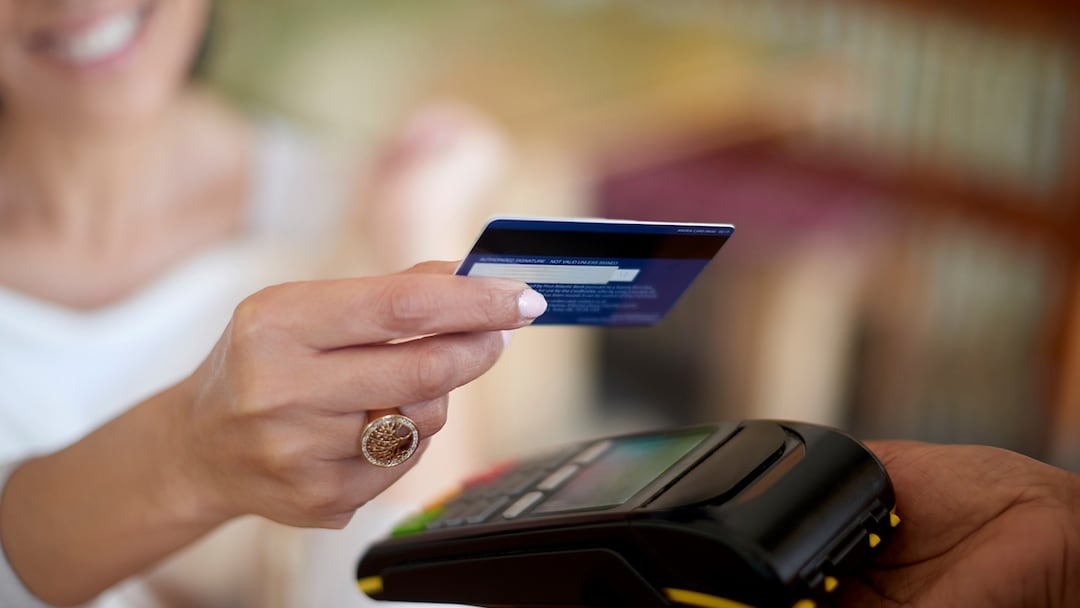What is Cash Advance APR?

Quick insights
- A cash advance is when you withdraw cash against your credit card limit.
- The APR, or Annual Percentage Rate, for cash advances is typically higher than it is for normal purchases.
- You may only want to consider taking out a cash advance in an emergency, because interest begins accruing immediately.
A cash advance is when you withdraw cash against your credit card limit. But it might be best to reserve cash advances for emergencies—cash advance APRs are almost always much higher than your credit card’s purchase APR, and interest begins accruing immediately.
Your credit card’s APR refers to the yearly interest rate you pay for credit card balances. In other words, the total cost of borrowing money.
Read on to learn how a cash advance works, how the associated APR compares to your credit card’s normal purchase APR and tips for navigating interest without a grace period.
How do cash advances work?
There are three main ways to complete a cash advance:
- At an ATM: Use your credit card’s PIN to withdraw cash at an ATM. The cash withdrawal limit may vary based on your available credit, the card issuer’s limits or the ATM owner’s limits. ATM surcharge fees may apply.
- At a bank: You might need to bring your ID and/or other identification materials to get a cash advance in person at a bank.
- Through a convenience check: Some lenders provide blank convenience checks, which borrowers can fill out to access their credit lines.
Cash advances usually have no grace period, meaning interest begins accruing as soon as you withdraw money. So you may owe less in the long run if you pay off the debt as soon as possible. Additionally, you may have to pay a fee for each cash advance transaction (the amount varies by credit card issuer).
Note that you are borrowing cash against your credit limit, which means you have less available credit to work with. Because of this, it can be especially important to keep track of your credit card transactions so you don’t exceed your credit limit.
Cash advance APR vs. purchase APR
Each credit card issuer calculates cash advance APRs differently, and the cash advance APRs may vary from credit card to credit card with the same issuer. But first, it’s important to understand how your credit card’s APR is calculated.
Your credit card will have either a fixed-rate or variable APR. Variable APRs can change over time and are based on the prime rate, a baseline interest rate set by banks and lenders to determine APR. Fixed-rate APR means your rate probably won’t change after you open your account.
The standard APR for normal purchases is called your purchase APR. Here’s a brief breakdown on the main differences between a credit card’s purchase APR and cash advance APR:
- Purchase APR: The interest you pay on purchases when you carry a credit card balance. Typically, this type of APR has a grace period when you have no other balances carrying over from the prior month, so you only need to pay interest if you don’t pay off your balance in full when your bill is due.
- Cash advance APR: A separate, often higher APR that applies when you take out money via a cash advance. Interest usually accrues immediately, and additional fees may apply.
Do cash advance APRs have a grace period?
No, cash advance APRs usually do not have a grace period. This means that the moment you take out a cash advance, you begin accruing interest.
For normal purchases with your credit card, you would typically have a grace period before accumulating interest. Grace periods consist of the days between the end of your credit card’s billing cycle and the payment due date.
Tips on avoiding cash advance APRs
It may be best to avoid cash advances due to their associated fees and higher APRs. Plus, failing to pay off an unpaid balance or getting close to exceeding your credit line may lower your credit score.
If you need cash in an emergency situation, consider withdrawing the smallest amount needed and pay off the balance as soon as possible to help minimize the interest.
In summary
While you may need a cash advance to cover an emergency or unexpected expense, it can be important to be aware of the associated fees and interest. Before withdrawing cash via your credit card, read the terms and conditions so you can fully understand your card’s cash advance APR.



